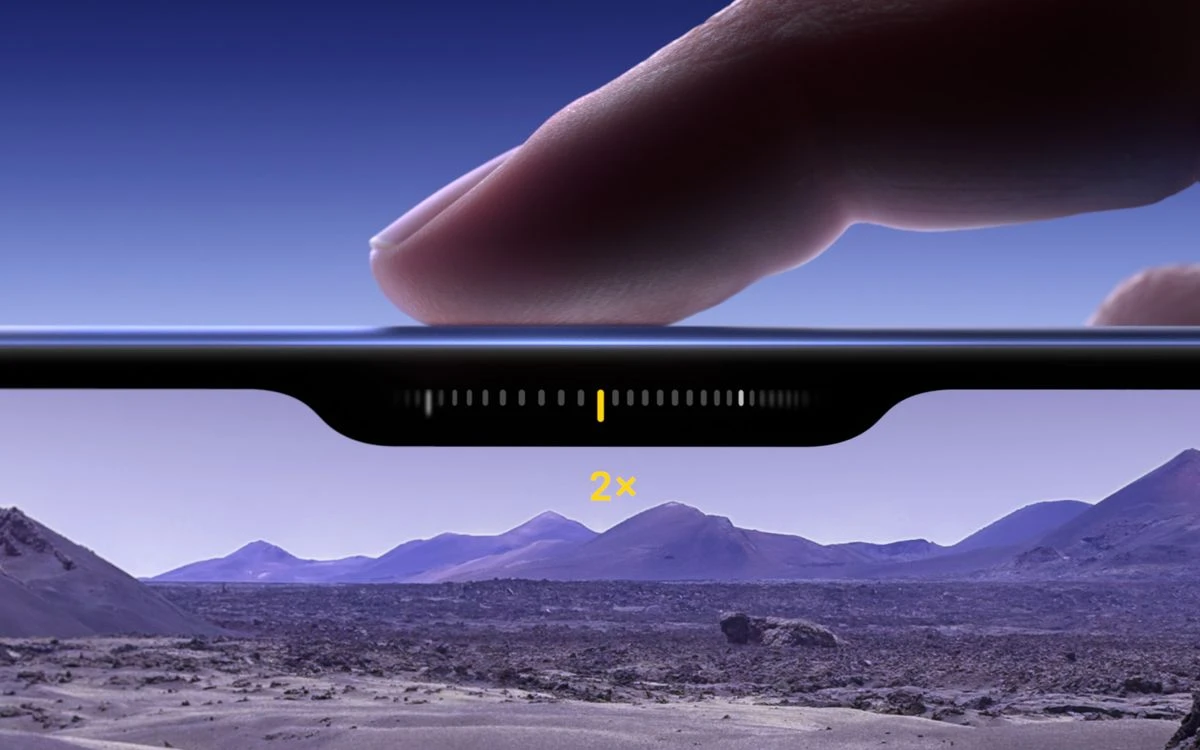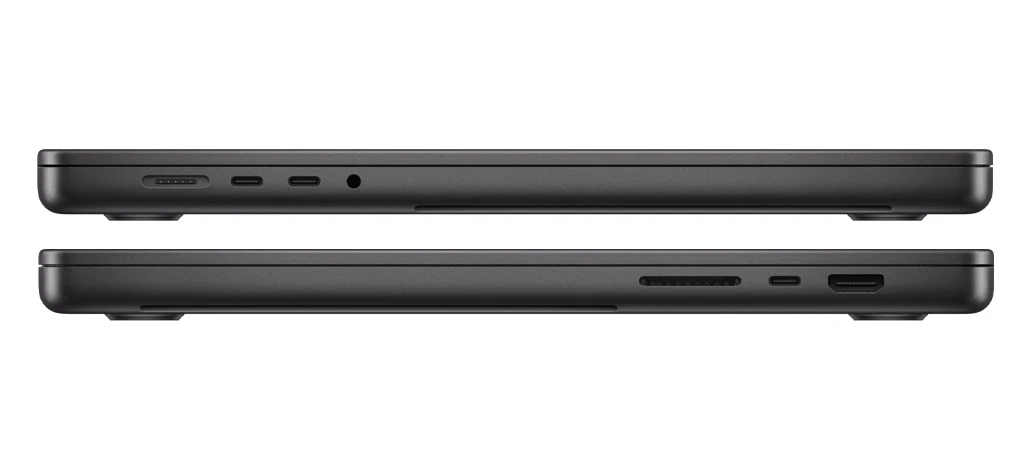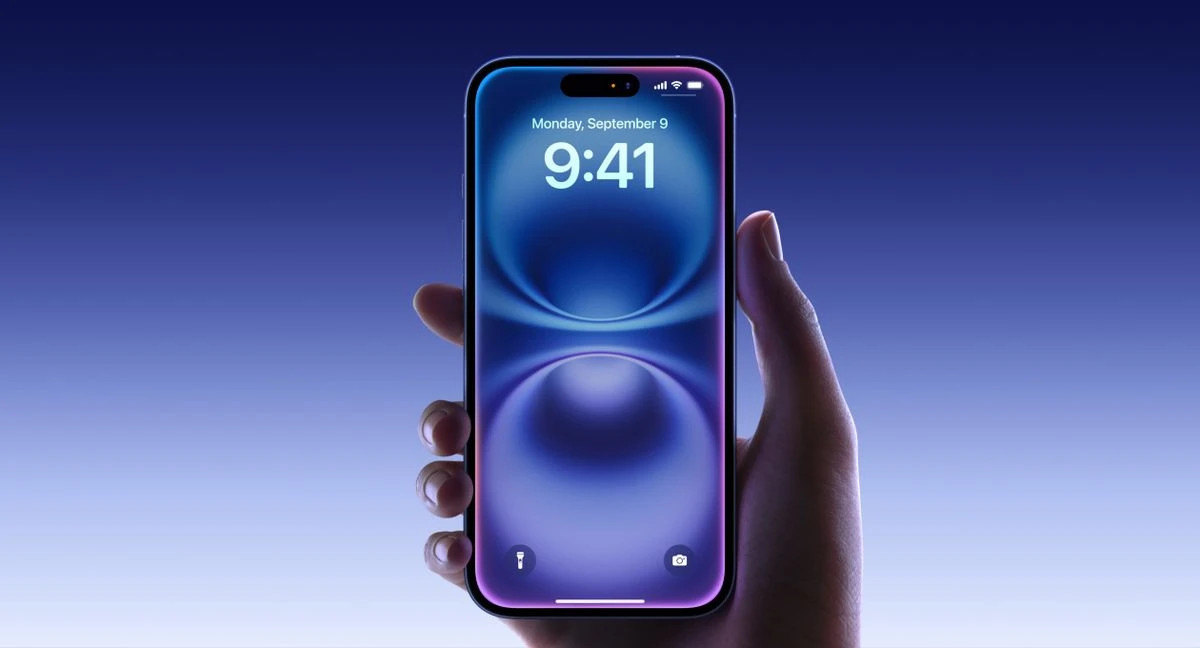Apple has decided that buttons and ports have become cool again, 7 years after claiming it took "courage" to remove the iPhone headphone jack.
Apple has always been known for its bravery. Or, as Appple executive Phil Schiller put it, courage. He famously used this word to describe Apple's decision "to move on and do something that will better us all" by removing headphone jacks from the iPhone 7.
Apple has a long history of courageous acts. It took courage to release a computer that was so thin, it could only house two USB ports. It took courage to remove iPhone's multi-functional home button. It took courage to remove the iPhone's multifunctional home button. It took courage to release MacBooks with keyboards so bad they were clearly second-best to the thinner design (and costing the company $50m in a class-action lawsuit). It took courage to upgrade the iPhone to USB C--and then to slap it with USB 2.0 speeds that were literally from the year 2000.
It takes courage to admit you're mistaken. Apple did not admit that it was wrong when unveiling its new iPhones in this year. Admitting you made a mistake is not very Big Tech. That's the message I got from Monday's iPhone 16 Presentation. Apple has changed its strategy after years of praising itself for the trend to remove basic hardware functionality from products in order to push people towards newer products and sleeker designs.
Apple's "buttons, ports and other interfaces are actually good" era is now upon us.
This new, throwback-to-the-old-ways Apple wasn't just born today, but I think the iPhone 16 reveal event did crystallize what has been a notable Apple trend forming for the last few years. The iPhone 16 is a big upgrade over last year's model. It has two new physical buttons. One of them, the "action" button, is a carryover from the iPhone 15 Pro. This is a great button. You can map it to a variety of functions, so you don't have to be restricted to what Apple thinks you will use it for. It's nice to have a physical switch when your phone is in a pocket or you need something you can press while not looking at the screen.
The "camera control button" is even more exciting. It offers capactive feedback that mimics the experience of using an actual camera shutter. You can click it to open or take a picture, but you can also double-tap or lightly press to switch between camera settings. This sounds great, especially since I often find myself holding the camera awkwardly with one hand and trying to slide my finger across the touchscreen to adjust zoom or exposure.
This move to dedicated physical buttons feels like a complete reversal of the iPhone 7 years (when Apple ditched its headphone jack), and the iPhone X years (when Apple ditched its home button), both of which were watershed moments for iPhone. The iPhone design was more iterative for a few years between, but now it seems that the iPhone is worth physical controls again.
This is not a sudden change. The company has been moving in this direction for a while. The Verge reported in 2021 that Apple was "ready" to admit its mistake about the future of laptops when it ditched the OLED touch bar on the MacBook Pro and added more ports.
Jon Porter, of The Verge, wrote at the time that it was difficult to ignore the wider context of these improvements. They effectively bring the company’s 2021 MacBook Pros in line with features they already offered from 2012 to early 2016. "It's clear that Apple made a mistake in predicting the direction of laptop design back then. This is why these new MacBooks have been greeted so enthusiastically now."
2016 was the year Apple reached its peak "who needs ports lol" design era, happily offering to sell you a laptop dongle for its MacBook's one (singular, uno, less-than-the-two-on-the-2008-Macbook-Air) USB port and getting rid of the MacBook Pro's HDMI, USB Type-A and SD card ports. It was also the year Apple killed the iPhone's headphone port, and included a Lightning adapter to fit all 3.5mm earbuds.
Even if you praise Apple's forward-thinking decision to adopt USB-C in its laptops - and I do think that that was the right thing to do!-- it's hard to see this decision as anything other than form-over-function. Or perhaps profit over functionality; in the early days, motherboard chipsets were limited to the number of USB-C ports they could support. While I'm certain Apple could have spent more money per unit on the necessary hardware to support additional ports, the priority for Apple was to create thinner, more aesthetically pleasing laptops. As frustrating as the lack of ports was, it was the keyboard that was the most affected by the design of the Apple laptops of the time.
Apple's devices have a lot of physical ports and buttons compared to other manufacturers. The crappy OLED touchscreen on Apple's laptop keyboards has been replaced by plain ol’ clicky keys. The MacBook Air has only two USB-C ports, but they are in addition to MagSafe. This means you don't need to sacrifice one port for charging. Both the iPhone 16 and iPhone 16 Pro have two buttons. The Watch Ultra model has an extra button.
It's pretty obvious from a look at the PC industry that people love things that click. Mechanical keyboards have become a rage. We love the Steam Deck’s configurable paddles, clicky, rumbly trackspads, and let's not forget the personalization that goes into binding the extra mouse buttons. Apple deserves credit for bringing back buttons to its phones, while Android manufacturers have stuck with the standard volume/power combination. Apple did it by removing headphone jacks. They should do the same with buttons.
Apple is still far behind Teenage Engineering, who have mastered the art of using knobs and buttons to stunning effect. But at least Apple is not going further down the path that Tesla has taken, where they are replacing the tactile functions once found on a knob with touch screens, which require you to take your eye off the road to use. I guess we should all be grateful that there is no Full Self Driving upsell package available for the iPhone. Enjoy Apple's new button-era while you can.





Comments